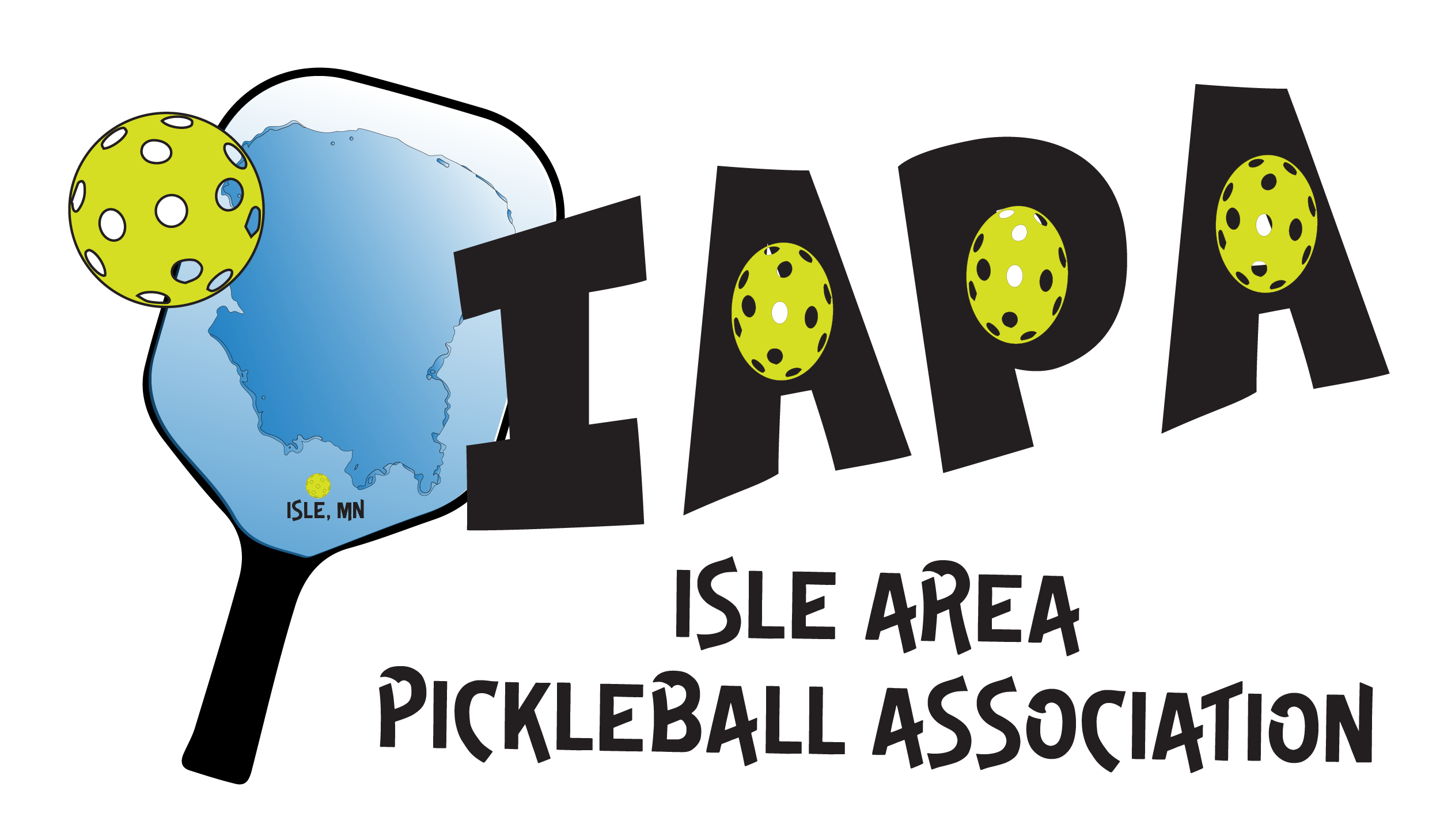Pickleball is great fun, but like every other sport, it comes with risks for injuries. You can’t always prevent an accident, but here are some prevention tips for common injuries.
BROKEN WRIST
Most broken wrists occur if you fall onto your outstretched arm. And in pickleball, it commonly occurs when running backwards to try and return a lob.
There are a few ways to prevent this type of fall. The first is to learn how to run down a lob. When playing doubles, yell “switch” and have your partner run for the lob.It’s safer for your partner to run vertically to return the ball than it is for you to backpedal while watching the ball’s arc in the air. And it’s okay to tell your partner you are not going to go back for the lobs! Just communicate!
The highest percentage lob (assuming everyone playing is right-handed) is taken by the forehand player and hit over the left shoulder of either person on the other team. This gives you some insurance that if they do get to it, it’ll be hit by their weaker backhand side
If the ball is lobbed over your right shoulder, drop-step by pivoting on your left foot and opening your hips to the right. Conversely, if the ball is lobbed over your left shoulder, drop-step by pivoting on your right foot and opening your hips to the left.
Once you have executed the pivot and have opened your hips in the direction of the ball, run forward in the direction of the ball. However, instead of running in a straight line directly to the ball, run slightly “around” the ball with the goal of beating the ball to the spot so you can get beyond the ball and create space to to hit your shot.
PICKLEBALL ELBOW (AKA TENNIS ELBOW)
Just like in tennis, pickleball causes tennis elbow, an overuse injury that affects the extensor muscles in your forearm and their tendons The extensor muscles extend and turn your wrist, which is a frequent movement in racquet sports.
If you can already feel the pain in your elbow, it’s a good idea to take a rest from the game and have your injury evaluated. It’s essential to rest the tendon to give it time to heal — if you keep playing the game and making the same repetitive movements, the tears will worsen.
It may also help to wear a counterforce brace over your forearm. This special brace relieves your pain by resting the muscles and tendons.
The best way to prevent tennis elbow is to warm up and gently stretch your arm muscles before and after every game. Strengthening your arm muscles will also lower your risk of overuse injuries.
It’s important to be sure your pickleball form and technique are optimal. Improper posture and arm movement put excess stress on the muscles and tendons.
PICKLEBALL SHOULDER (AKA ROTATOR CUFF INJURIES)
The repetitive overhead motions used during racquet sports increase your risk of shoulder injuries. Your rotator cuff consists of the four muscles and their tendons that stabilize your shoulder joint.
These soft tissues are especially susceptible to tears and inflammation, which causes pain and when untreated, leads to arm weakness.
The most important thing to remember about a rotator cuff tear is that it will get larger over time without adequate rest and treatment. As much as you enjoy pickleball, you’ll need to avoid any activity that aggravates your shoulder until the soft tissues have time to heal.
Just like tennis elbow, the best way to prevent shoulder injuries is to warm up before starting a game and to follow a routine regimen of stretching and strengthening exercises that target your forearm muscles.
CORRECT SHOES
Wear the correct shoes. You don’t want to wear running shoes or any type of shoe with small traction pegs. They can catch and make you fall.
Wear shoes that support side-to-side action, have a smooth sole, and are made to wear on a court. Avoid wearing running shoes or any type of shoe with knobby treads because they increase your risk of falling or twisting your ankle.
